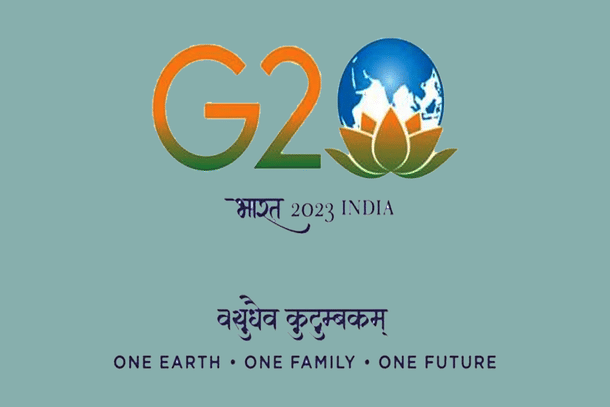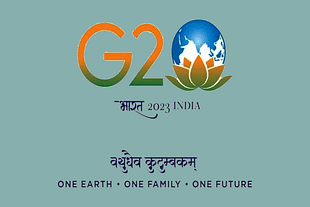Culture
G20 Summit: A Copy Of Magna Carta, Digitised Version Of Leonardo Da Vinci's Mona Lisa And Many Other Notable Exhibits At Culture Corridor
Arun Kumar Das
Sep 05, 2023, 10:44 AM | Updated 10:37 AM IST
Save & read from anywhere!
Bookmark stories for easy access on any device or the Swarajya app.


Stepping up efforts to make the G20 Summit a success, India is curating a cultural corridor.
It will exhibit a copy of the Magna Carta, the royal charter of rights of the United Kingdom dating to the twelfth century, a digitised version of Italian artist Leonardo da Vinci’s Mona Lisa and the 2.5 million-year-old skull of Mrs Ples from South Africa among other digital and physical exhibits.
According to Culture Ministry, India is displaying a copy of the Ashtadhyayi, the ancient text of philosopher Panini as one of the physical exhibits, along with yoga, Vedic chants, etc.
There would be a 28-feet statue of Natraj at the venue at Bharat Mandapam, the highest in the world. The exhibition of the cultural corridor will be available for public view in the next three months.
"The exhibition will come up from a shared repository, and we will leverage digital media and technology to display the artefacts. This will celebrate cultural ties and we hope that the corridor becomes a legacy event,” a senior Cultural Ministry official said.
The Indian government had asked for five different categories of exhibits, which included a physical object of cultural significance from each country, an iconic digital masterpiece, a digital representation of intangible cultural heritage as well as of natural heritage, and an artefact related to the nation’s democratic tradition.
For the cultural and natural heritage categories, countries can send in up to five submissions.
From the fifth category, the ministry will curate an exhibition called ‘India as Mother of Democracy’ which the ministry said will celebrate India’s democratic traditions dating back to 5,000 years.
For this, the United States sent in a copy of the Charters of Freedom (Declaration of Independence, Constitution, and Bill of Rights 1776-1791) while France sent a copy of the Declaration of the Rights of Man and of the Citizen National Assembly (France, 1789). South Korea sent a poster of the first democratic general election held in May 1948.
From India, a section of the Rig Veda will be displayed. One of the curators involved in the process said that the display will have anamorphic content, with conclave screens the size of 90 by 20 ft.
The culture corridor will span 10,000 sq/ft. Under the iconic cultural masterpiece category, India’s submission is a digitised version of the 30,000-year-old Bhimbhetka cave paintings from Madhya Pradesh. For natural heritage, India will send images of Meghalaya’s Living Roots Bridge, ocean scapes of the Indian Ocean and pictures of the Himalayas among others.
The US sent in pictures of the Grand Canyon while the Netherlands sent in pictures of the Wadden Sea. For the intangible cultural heritage category, Russia sent in the Bolshoi Ballet, South Korea sent in Jeju Haenyeo and Turkey sent in traditional archery.
The entire experience resonates with the G20 theme of Vasudhaiva Kutumbakam: One Earth. One Family. One Future.





